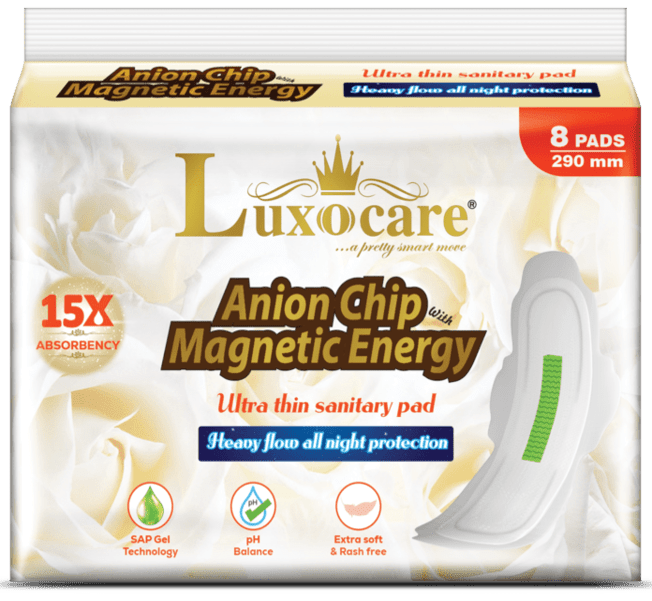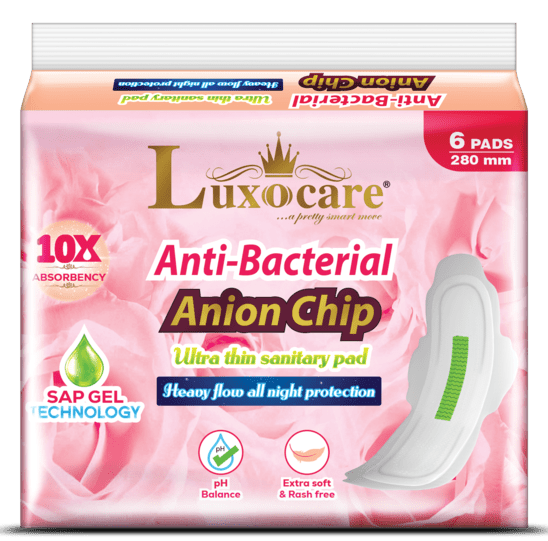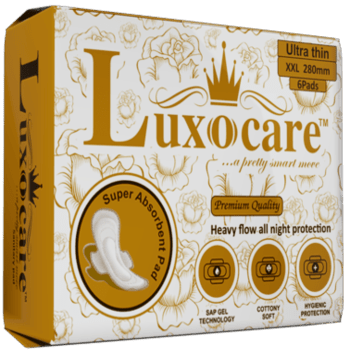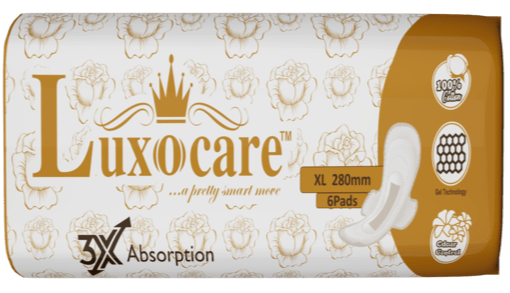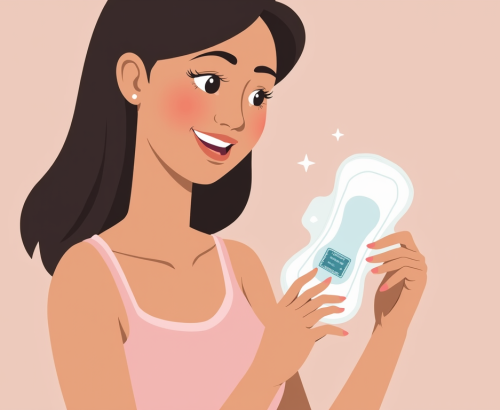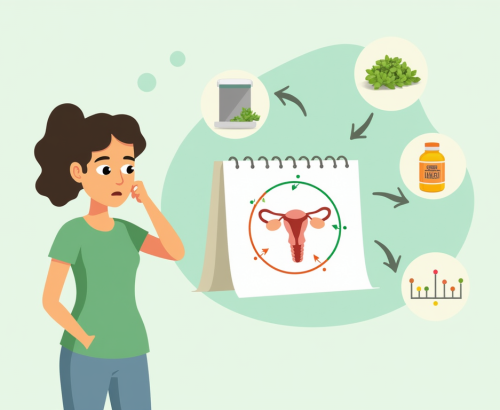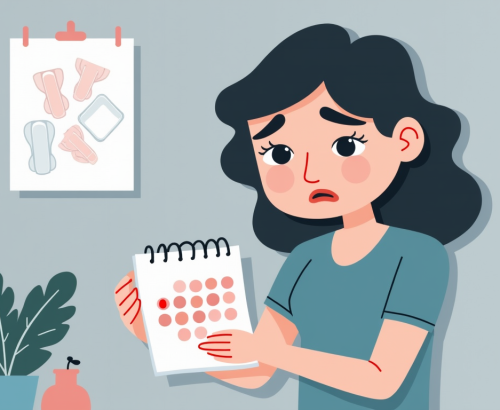
Proper storage of period products is essential to maintain their effectiveness and ensure they remain hygienic. Whether you use sanitary pads, tampons, menstrual cups, or other menstrual products, following the right storage practices can help you avoid contamination, maintain product quality, and ensure comfort during your period. Here’s a comprehensive guide on how to store period products for optimal freshness.
General Storage Guidelines
1. Keep Products Dry
Avoid Moisture: Store your period products in a dry area. Moisture can lead to bacterial growth and compromise the integrity of the products.
Check Packaging: Ensure the packaging is intact and sealed to prevent moisture from getting inside. If the packaging is damaged, consider transferring the products to a dry, airtight container.
2. Store at Room Temperature
Temperature Control: Keep products at room temperature, away from extreme heat or cold. High temperatures can degrade the quality of the products, while cold temperatures can make them less effective.
Avoid Direct Sunlight: Store products away from direct sunlight, as UV rays can affect the materials and degrade their quality.
3. Use Airtight Containers
For Loose Products: If you need to store period products in bulk or if the original packaging is compromised, use an airtight container. This helps keep the products fresh and protects them from moisture and contaminants.
Label Containers: Clearly label containers to ensure you can easily identify the products and avoid mixing them up with other items.
Specific Storage Tips for Different Products
1. Sanitary Pads
Original Packaging: Store sanitary pads in their original packaging until use. The packaging is designed to keep them clean and fresh.
Avoid Contact with Chemicals: Keep pads away from cleaning agents, perfumes, and other chemicals that could potentially compromise the absorbent material.
Storage in a Drawer: A drawer or cabinet in a cool, dry place is ideal for storing sanitary pads. Avoid areas with high humidity, such as bathrooms.
2. Tampons
Keep in Original Packaging: Tampons should remain in their original, sealed packaging until ready for use. This packaging protects them from contamination and ensures their absorbency.
Store in a Cool, Dry Place: Like sanitary pads, tampons should be stored in a cool, dry area, away from direct sunlight and heat.
3. Menstrual Cups
Clean and Dry Storage: After cleaning and sterilizing your menstrual cup, store it in a breathable cotton pouch or container provided by the manufacturer. This helps keep it dry and free from contaminants.
Avoid Plastic Bags: Avoid storing menstrual cups in plastic bags or airtight containers that don’t allow for airflow. Proper ventilation is crucial to prevent bacteria growth.
4. Reusable Cloth Pads
Pre-Wash Storage: If you use reusable cloth pads, store them in a dry, breathable bag until you’re ready to wash them. Avoid storing them in a damp environment to prevent mold and bacteria growth.
Proper Washing and Drying: Wash cloth pads thoroughly after each use and dry them completely before storing them. Store them in a clean, dry place to keep them fresh.
Travel and On-the-Go Storage
1. Portable Cases
Compact and Clean: Use portable cases or pouches to carry menstrual products when traveling or on-the-go. Choose cases that are easy to clean and provide protection from contamination.
Separate Compartments: For convenience, use cases with separate compartments to keep used and unused products apart.
2. Discreet Storage Solutions
Discrete Pouches: Opt for discrete pouches or small bags to carry menstrual products in your purse or backpack. Ensure these pouches are clean and dry.
Travel Containers: Consider using travel-sized containers for tampons or menstrual cups if you’re carrying a limited number of products.
Maintenance and Hygiene
1. Regular Checks
Inspect Products: Regularly check the condition of your stored period products. Discard any that show signs of damage, discoloration, or an unusual odor.
Rotate Stock: Use older products first and replenish your stock as needed. This ensures that you’re using products within their recommended shelf life.
2. Clean Storage Areas
Regular Cleaning: Keep the storage area clean and free from dust and debris. Regularly wipe down shelves or drawers where period products are stored.
Avoid Cross-Contamination: Ensure that period products are stored separately from other items that could cause contamination.

